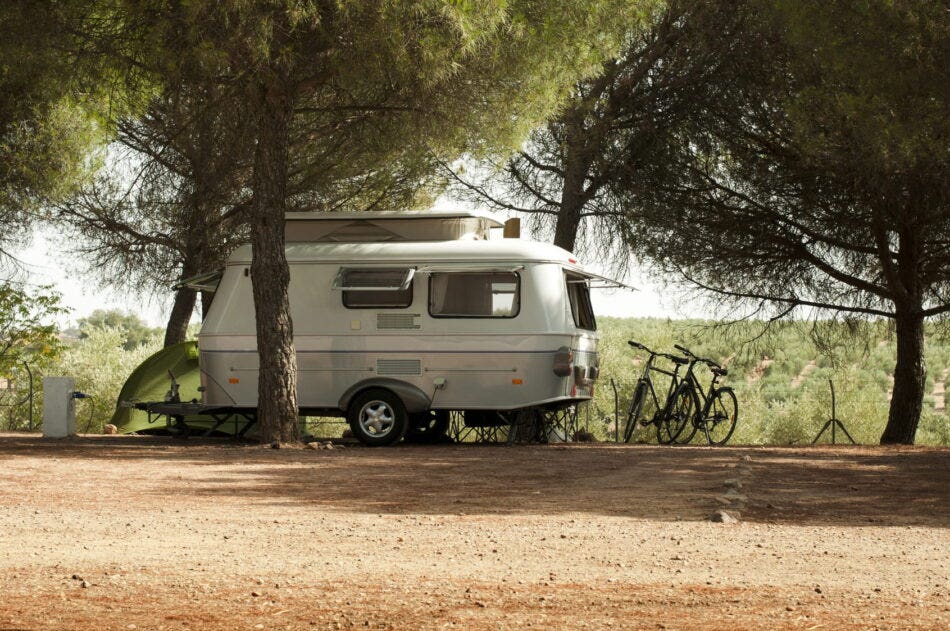Vintage RVs are very popular right now. So popular that people are forking out large sums of money to acquire them and they’re popping up in all shades shapes and sizes. From charming “tin can”-style RVs with their unvarnished exteriors to the iconic Airstream their cool factor is simply off the charts. There are even vintage RV rallies and other gatherings for lovers of vintage RVs.
RVs are not mere collectors’ items however. They are meant to be used and enjoyed which means putting miles on them which in turn means abiding by the same driving regulations that apply to newer RVs. And that in turn means you should have insurance for your vintage RV.
What to consider when insuring your vintage RV
One of the primary factors to consider when insuring your Vintage RV is the value. This can be quite tricky. While it is easy to tell the value of a new RV there are no official guidebooks to determine the current value of a vintage RV and since the quality of restoration done on each one will vary determining the value ends up being more or less a guesstimate. Typically your insurance company would go with the cost of purchase. So if you bought your vintage RV for $5,000 and then spend $10,000 restoring it and kitting it out to your specification most automobile insurance companies will usually only insure your RV for the original purchase price of $5,000 which could be problematic for you.
However, you can get around this inconvenience by going to an insurer who will insure it for its true higher value. But first, you need to be able to prove that higher value. To do this ensure you get a professional appraisal from specialists who know how to determine the real market value of vintage RVs – you know like those guys on television that determine the value of vintage cars comics toys et cetera. You can find an appraiser by:
- Contacting the Canada chapter of the International Society of Appraisers
- Visiting vintage RV dealers. They may offer accredited appraisal services.
- Talking to people with a shared interest in vintage RVs. You’re sure to meet a lot of them at one of those rallies and events I mentioned earlier.
Once you have your appraisal in hand you can take this to your broker and together you can then reach what is called an ‘Agreed Upon Value’ which will enable you to get a policy that reflects the higher value of your vintage RV.
It is important to get the right coverage for your vintage RV
Ensure that your policy covers you for ‘Agreed Upon Price’ rather than ‘Actual Cash Value’ – the latter means you could get zero dollars in the event that your vintage RV is a total loss since the actual cash value of your RV is determined after depreciation is considered. Similarly, ensure you’re not insured for ‘Stated Value’ as this simply means that you declared the value of your vintage RV to the insurer but did not have a concrete basis for the value you declared. If you suffer a loss the true value of your vintage RV will be open to interpretation. If you’re unsure what coverage you currently have, speak to your broker who can clarify things for you.
As you can see insuring a vintage RV is a little more complex than insuring a newer one. However, dealing with the right insurers can go a long way to making the process much simpler. You’re much more likely to get the right insurance from an insurance company that already writes vintage RV insurance policies since they understand the intricacies involved. Your broker can help guide you and obtain the right insurance for you.
With insurance sorted out you’re ready to go out there and have a blast in your RV!

